Nombre:
Puerto de la bahía de Saldanha
Otro:
Localización:
View Larger Map
Tipo: Puertos
Categoría:
Foto:

Voto:
Continente: África
País: Sudáfrica
Localización:
Año:
Estado: Terminado
Descripción:The Port of Saldanha Bay, South Africa's largest natural anchorage and port with the deepest water is 60 nautical miles northwest of Cape Town.
Situated at Longitude 17º 58' E and Latitude 33º 02' S, Saldanha Bay is partly protected by a 3.1km long artificial breakwater.
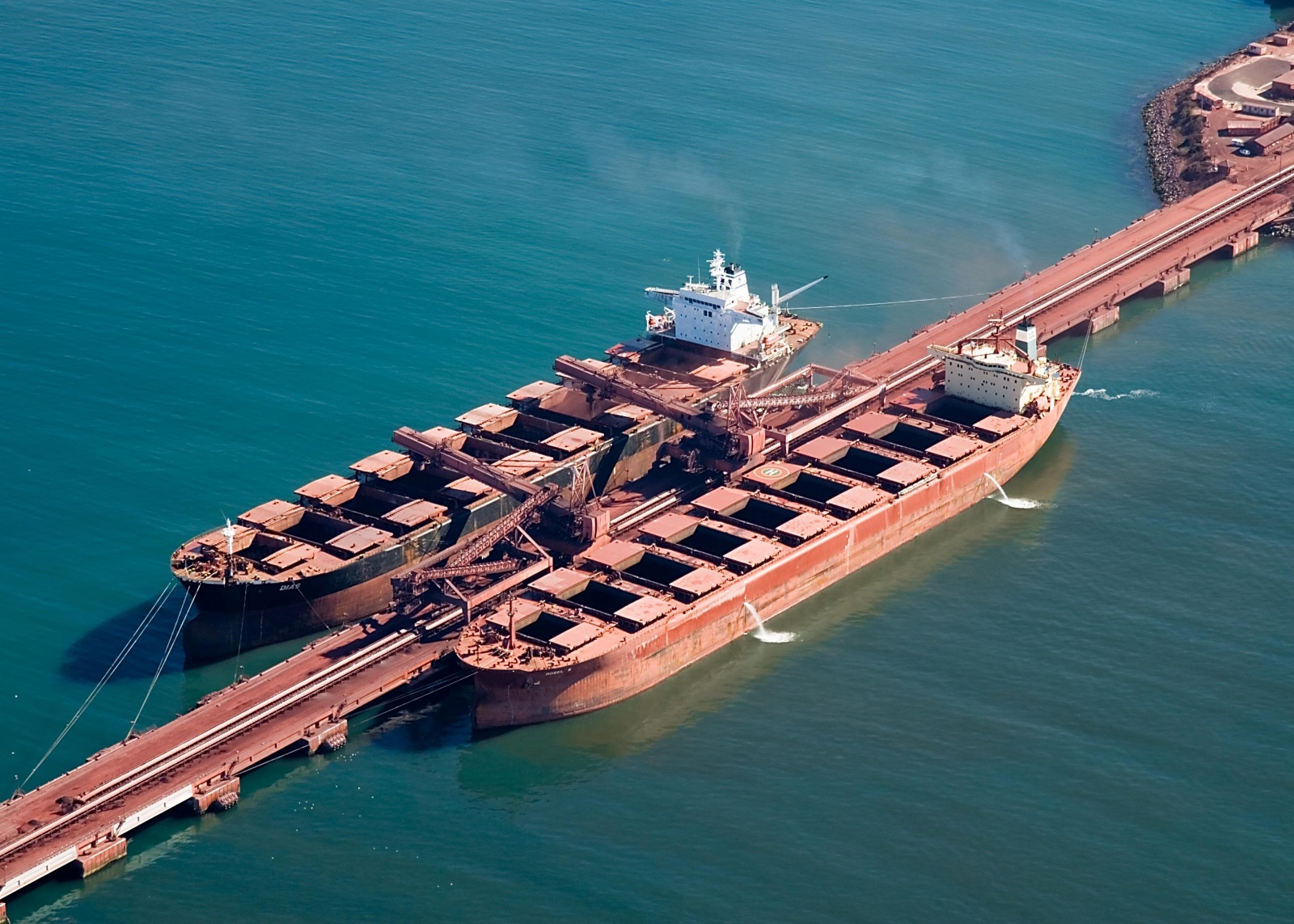
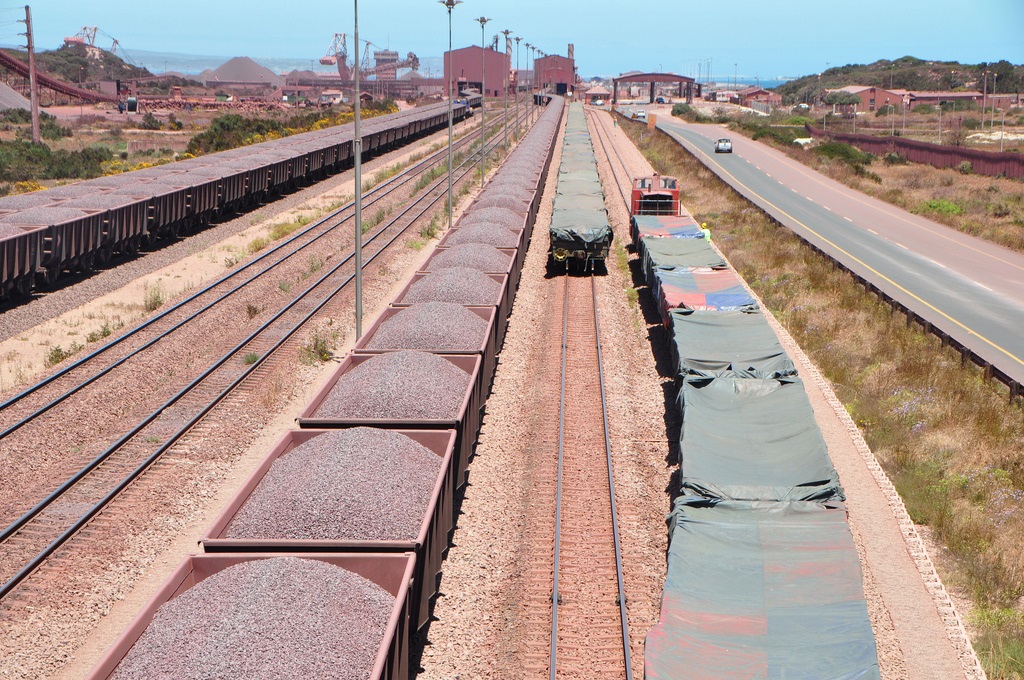
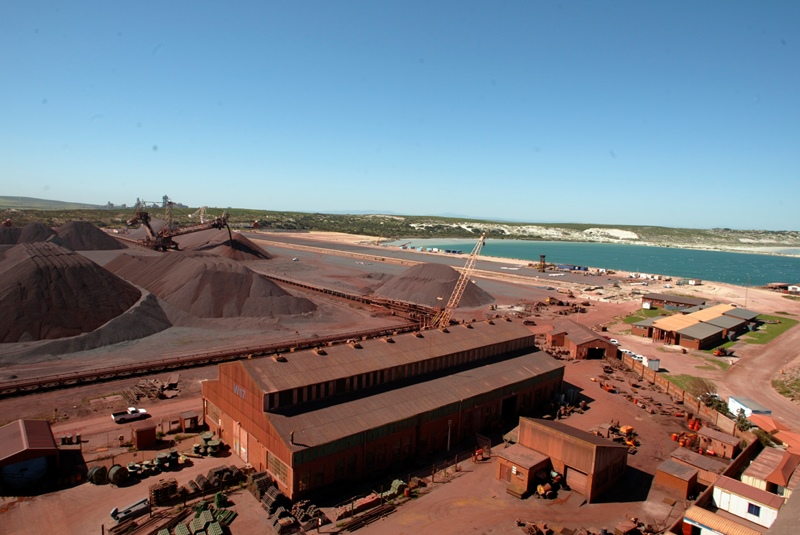
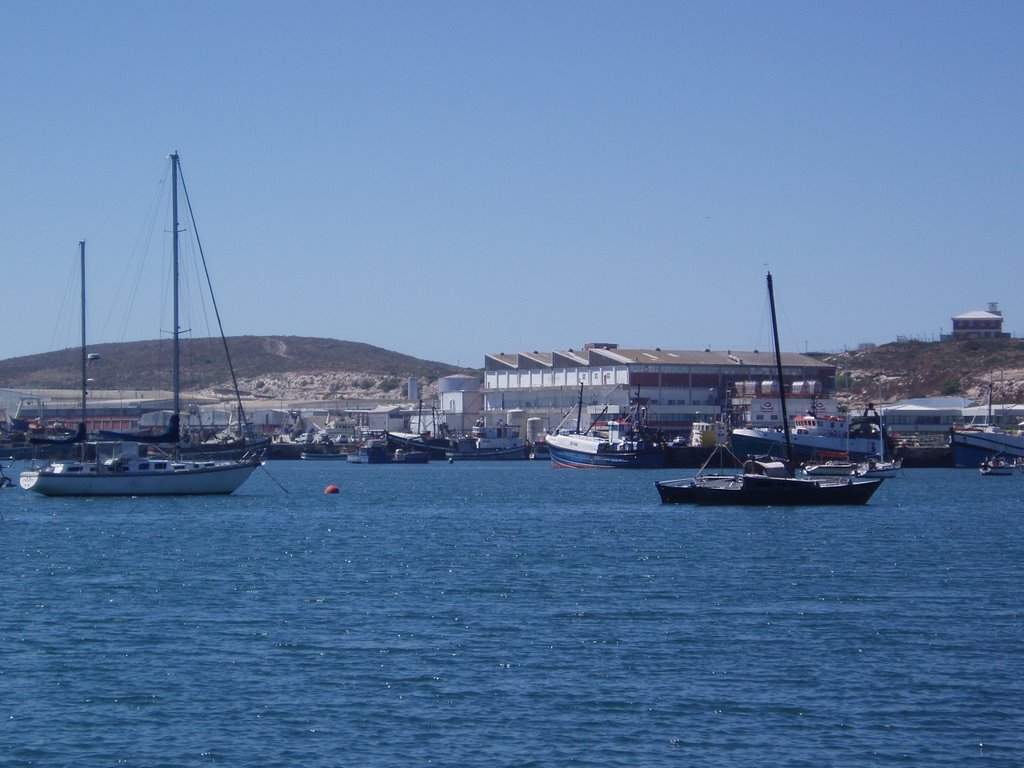
The Dutch explorer Van Spilbergen visited Saldanha Bay in 1601, and probably only the lack of fresh water prevented this otherwise excellent natural harbour from becoming the major port along the south coast of Africa instead of Cape Town.
The port has developed into a modern harbour only recently, when it became necessary to facilitate the export of iron ore from the Northern Cape. This required the construction of a railway more than 800km to the mines at Sishen in the Northern Cape and the construction of a deepwater jetty in Saldanha Bay to accommodate the Capesize ore carriers.
The first deliveries of iron ore were exported on the vessel Fern Sea during September 1976.
Iron ore - Sishen - Orex
Iron ore is delivered to the port along a dedicated ore railway from the mines near Sishen in the Northern Cape. This line was originally built by Iscor and later taken over by Spoornet (now Transnet Freight Rail).
In addition the Saldanha Steel Mill near the port has also been commissioned for the export of steel manufactured from more than 1mt of iron ore which is railed direct to the mill.
The total area occupied by the port (land and water areas) is 18,300 ha with an outer boundary of 91km.
The port also houses the South African Naval Station of SAS Saldanha as well as a NSRI rescue station and a fishing harbour. Saldanha Bay is open in all weathers although adverse weather can affect operations.
Port Limitations:
The port of Saldanha Bay accepts vessels of up to 20.5m draught although the harbour master conditionally accepts vessels with a draught of 21.5m. The port entrance channel is dredged to a depth of -23m Chart Datum and -23.7m CD at the commencing of the entrance channel. The entrance channel has a minimum width of 400m. The turning basin seaward of the jetty has a diameter of 580m and a depth of -23.2m CD.
The draught at the multi purpose quays is 12m for berth 201 and 13.5m for berths 202 and 203. Pilotage is compulsory and tugs are required for ship working.
Marine Craft:
Saldanha Bay is served by a fleet of four tugs assisted by others sent from Cape Town when required (vessels exceeding a draught of 19m require four tugs). The Saldanha based tugs are named Jutten, Marcus and Meeuw and are 1976-built Voith Schneider tractor tugs each with a bollard pull of 43 tonnes. The latest, a new 80t bollard pull Stan tug is on order from Damen in Cape Town, for delivery in March 2013.
Pilotage service is compulsory and is provided by a diesel-powered pilot boat named Ivubu. A new pilot boat is also on order from Damen, Cape Town for delivery in May 2013. The port has two launches named Sysie and Dikkop.
Port Volumes:
During the financial year 2011/12 ended 31 March 2012 the Port of Saldanha Bay handled a total of 528 ships with a total gross tonnage of 34,503,749-gt.
In 2011/12 cargo handled by the port totalled 58,263,030 tonnes, including oil. Of this total 57,669,845t was bulk cargo (52,981,911t exports; 4,687,934t imports), and 593,185 breakbulk (588,089t exports and 2,282t imports) with 2,814t of cargo transhipped. The port handled no containers during 2008.
Port Facilities:
As with all other South African ports, Saldanha Bay is a common user port. The port has a 990m long jetty containing two iron ore berths linked to the shore along a 3.1km long causeway/breakwater. There is also an 874m long multipurpose quay for the handling of breakbulk cargo and a 365m tanker berth at the end of the ore jetty with a permitted draught of 21.25m alongside.
The iron ore jetty is 630m long with a permitted draught of 21.25m alongside. The multi purpose quays (berths 201-203) are a total of 874 long with a max draught permitted between 12m and 13.4m. Cargo handled at the multi purpose terminal includes various mineral exports, steel coils and pig iron. Imports include anthracite, coking coal and steel pellets.
Port control operates 24 hours a day. There are no bunkering facilities at Saldanha Bay. A full diving service is available for ship inspection and other services but ship repair is limited mainly to the fishing industry. Large ship repairs can however be carried out by services provided from Cape Town.
The port has a full chandling and stevedore service available. Saldanha Bay has yachting marina facilities and a NSRI base for sea rescue.
http://ports.co.za/saldanha-bay.php
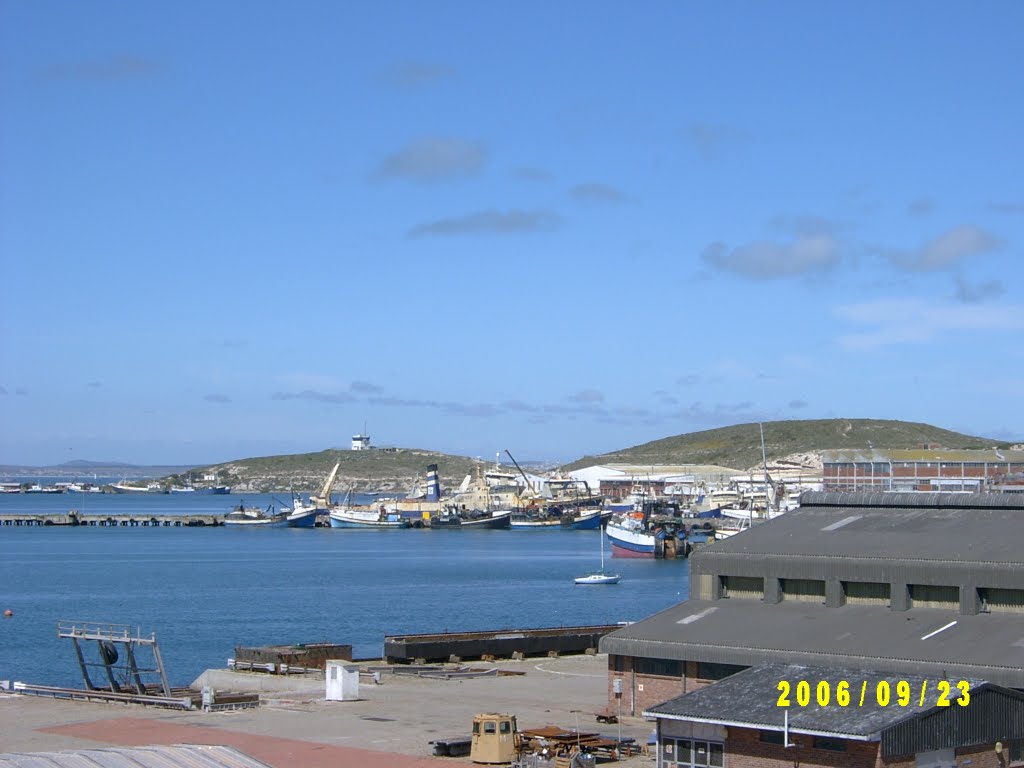
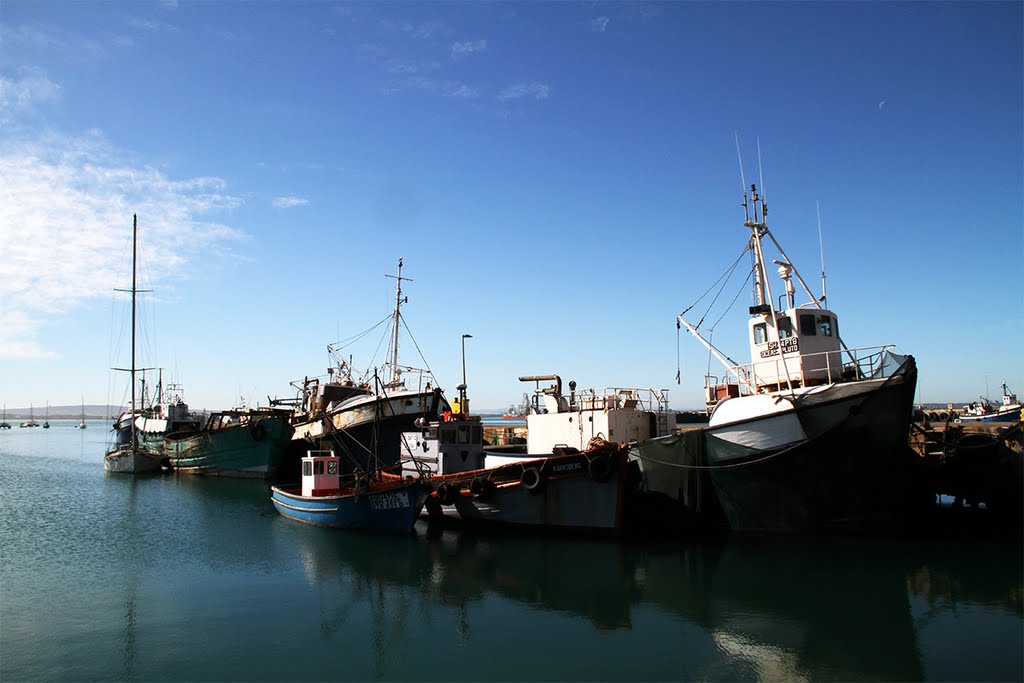
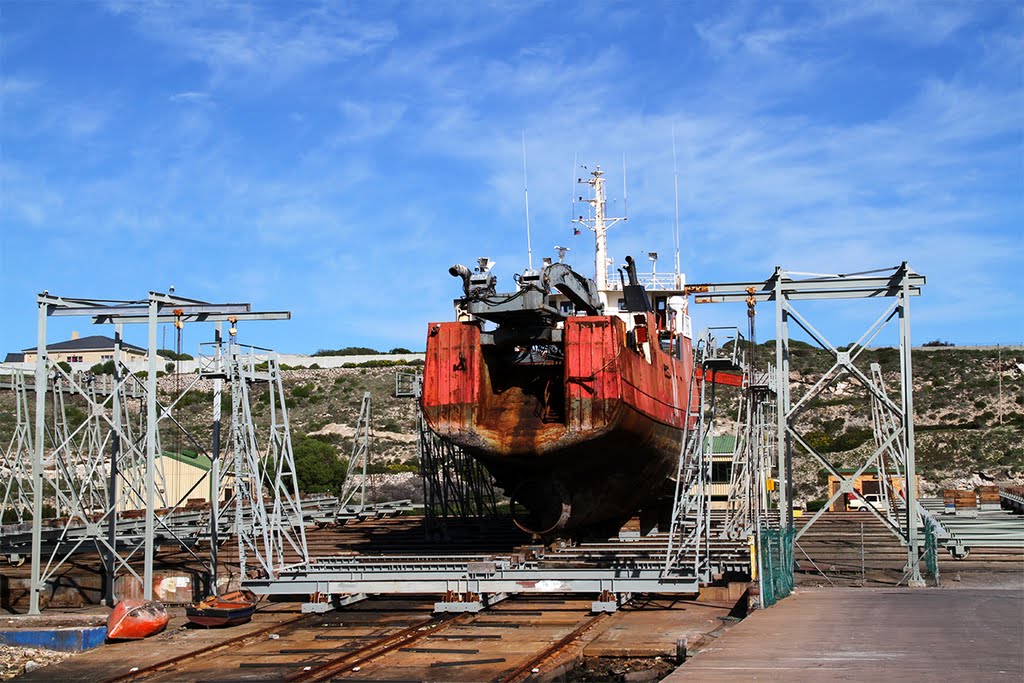
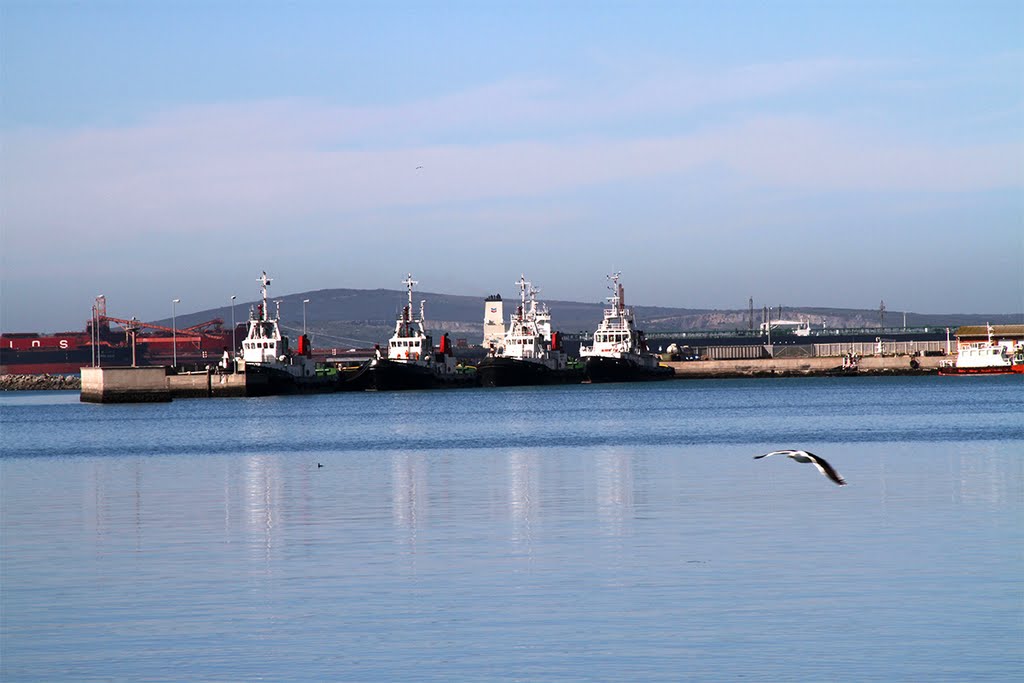
Water for dusty Saldanha
01 May 2011
A new source of water that will help control iron ore dust at the Saldanha bulk terminal is nearing completion.
The terminal, which is located within a water scarce area, has constructed a reverse osmosis (RO) plant to supplement potable water already being obtained from the surrounding dams via the current municipal infrastructure.
Around 36,000 kilolitres of water is required each month to spray the iron ore stockpiles and transfer points in the terminal using sprinkler cannon systems, which helps to contain the dust.
Karl Socikwa, chief executive of Transnet Port Terminals, said the new plant would enable increased spraying for better dust mitigation at the terminal, which exported 45m tonnes of iron ore in 2010/11.
Velile Dube of Transnet said although the company had researched other possibilities including getting recycled water from the municipality, other options were unreliable, costly or limited in capacity.
“RO plants provide a guaranteed source of quality potable water since they are not vulnerable in drought situations. The method is proven and reliable and there is access to good local expertise in South Africa,” he said.
Another advantage of the RO method is the plant can be constructed in modular units allowing additional modules to be added at a later stage to meet growing water demand.
http://www.portstrategy.com/news101/world/africa/water-for-dusty-saldanha
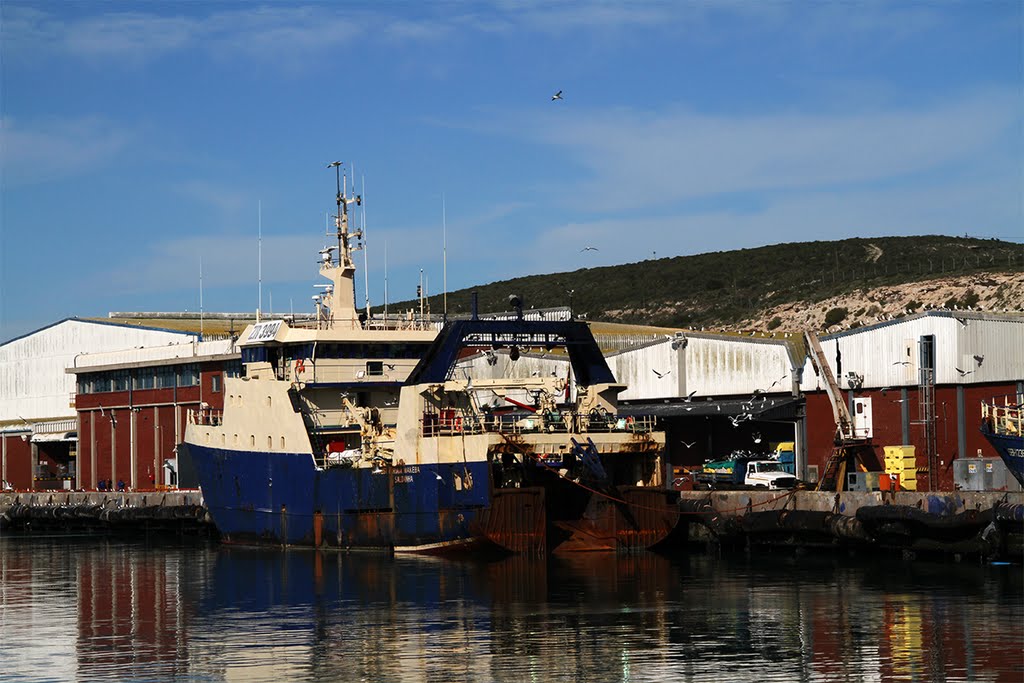
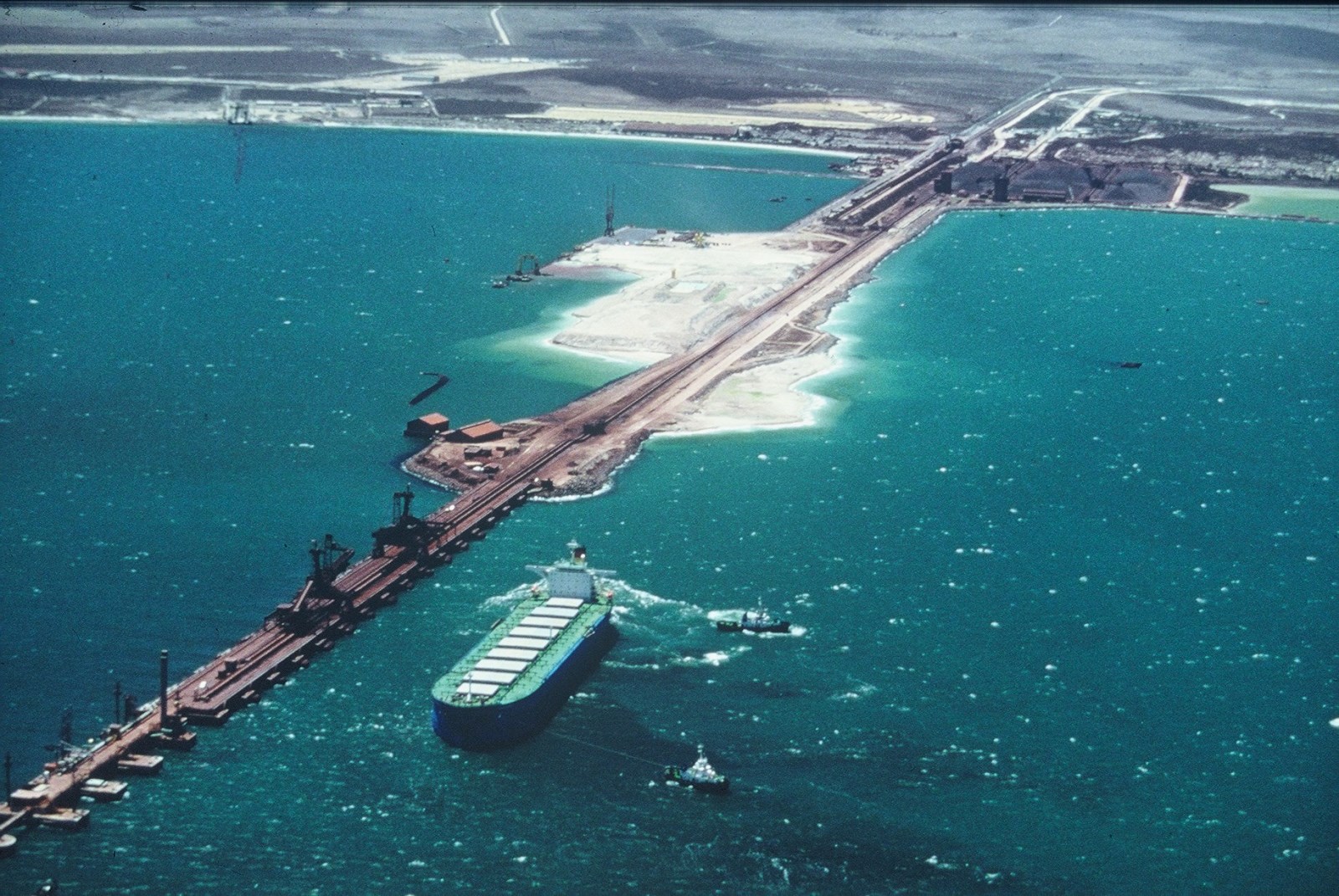
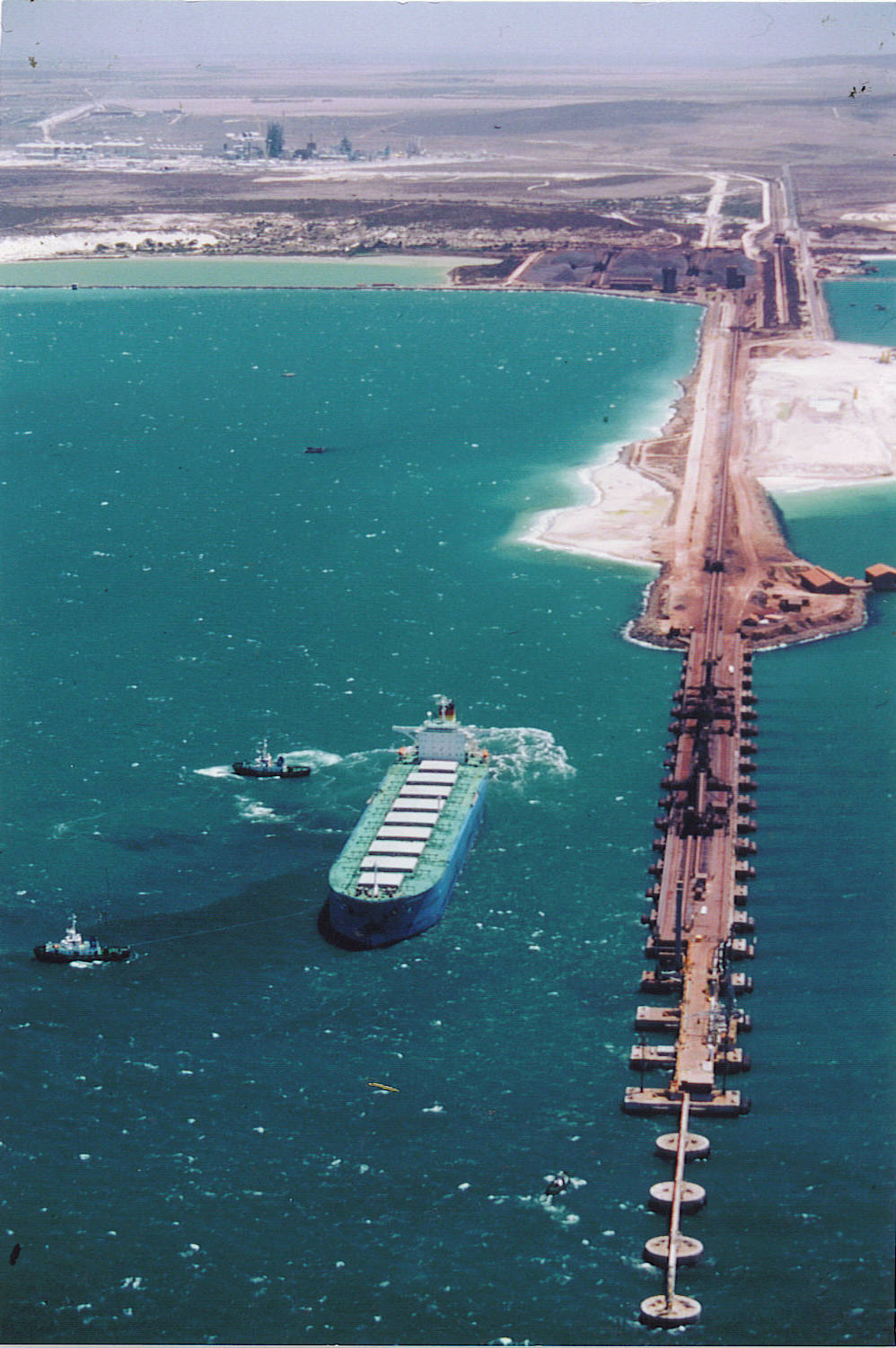
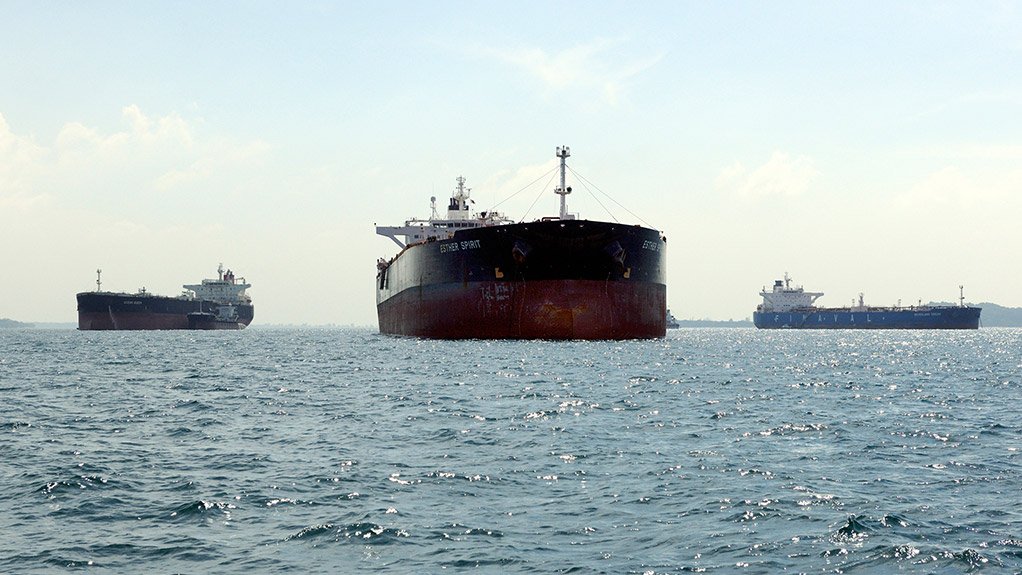
Saldanha Bay LPG terminal construction starts.
February 11, 2014 by: admin
Construction on Transnet National Ports Authority’s (TNPA’s) liquefied petroleum gas (LPG) import and storage terminal, in Saldanha Bay, has started, Sunrise Energy announced on Friday.
The TNPA-approved terminal operator started civil construction on the site on January 30 after six months of detailed engineering, design and planning, Sunrise MD Barthlo Harmse said in a statement.
Sunrise Energy, which is 49%-owned by the Industrial Development Corporation and 51% by project developers Ilitha Group Holdings, was awarded the terminal operator agreement last year by the TNPA, which granted it a concession to build and operate an open-access LPG import terminal for 30 years.
The company had started clearing the site, with bulk earthworks expected to be the first work completed, followed by the bulk civils, building and structural works and the marine works required for the construction of the multibuoy mooring system and subsea importation pipeline.
The fabrication of the steel storage vessels had also started at an adjacent fabrication facility, Harmse added.
The first phase of the project, which was developed to mitigate anticipated LPG market supply shortages in the Western Cape, was expected to be commissioned during the second half of 2015.
“The first phase of the facility will comprise an offshore ship mooring point, a subsea and overland transfer pipeline, five large mounded storage bullets – with a total capacity of 5 500 t – and LPG road loading facilities,” Harmse highlighted.
The fabrication of the LPG storage bullets by Elgin Engineering also kicked off following the arrival of 2 800 t of steel plate material from an Austrian steel mill.
“The first part of the fabrication process will be to roll the 7-m-diameter cans of the bullets, thereafter the cans and dish ends will be welded together to form a complete bullet,” Harmse explained.
Samsung copiers available on the West Coast 022 7131111 http://www.pencil.co.za
http://www.shopwestcoast.co.za/saldanha-lpg-terminal-construction-kicks-off/
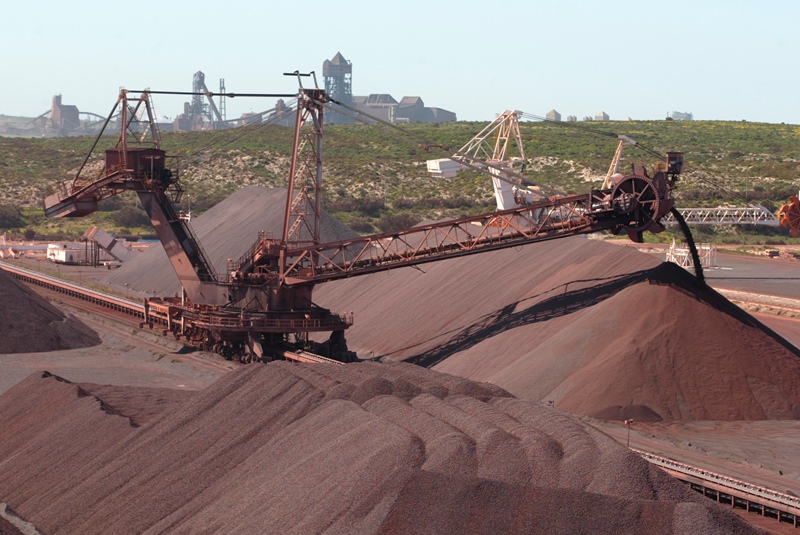
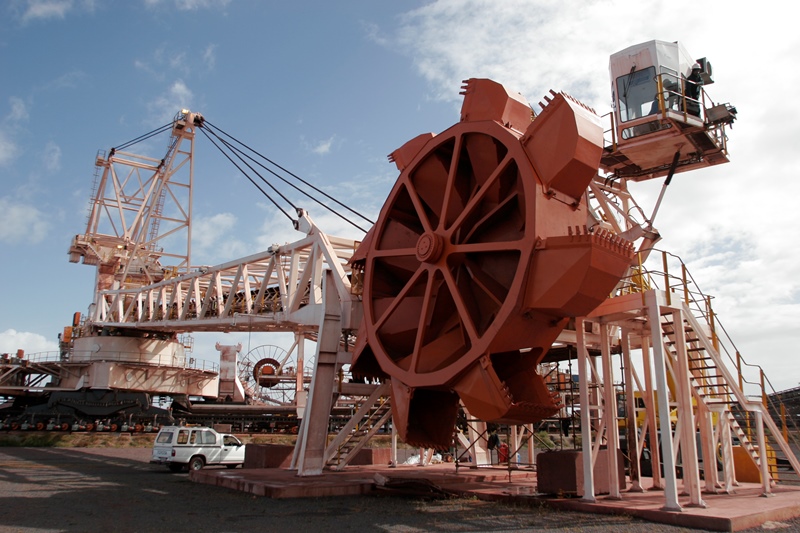

La bahía de Saldanha (en afrikáans: Saldanhabaai; en inglés: Saldanha Bay) es un puerto natural localizada en la costa sur-occidental de Sudáfrica, al noroeste de Ciudad del Cabo. La ciudad que se desarrolló en la costa norte de la bahía, que también se llama Saldanha, se incorporó con otras cinco ciudades en el municipalidad Local de Saldanha Bay (Saldanha Bay Local Municipality) en el año 2000. La población actual del municipio se estima en 72.000 personas. El lugar es mencionado en la primera edición de John Locke, Two Treatises of Government [Dos tratados sobre el gobierno civil] como un ejemplo del estado de la naturaleza.1
La disposición de la bahía de Saldanha la convierte en un paraíso para los entusiastas de los deportes acuáticos y su economía local es altamente dependiente de la pesca, mejillones, del procesamiento de mariscos, de la industria del acero y del puerto. Además, su puerto protegido juega un papel importante en el proyecto de mineral de hierro Sishen-Saldanha (Sishen-Saldanha iron-ore project) (conectado por la línea de ferrocarril Sishen-Saldanha) en la que la compañía Saldanha Steel ocupa un lugar central. Con fuertes vínculos históricos militares Saldanha es también sede de una base de entrenamiento naval y de la Academia Militar de Sudáfrica (South African Military Academy). La Reserva Natural Saldanha (SAS Saldanha Nature Reserve) ofrece una exposición de flores silvestres al final del invierno y la primavera, mientras que la ballena franca austral también visita las aguas en los alrededores de la reserva natural. La zona tiene un clima mediterráneo, pero la precipitación anual es bastante baja, ya que raya con la región del desierto de Namaqualand.
http://es.wikipedia.org/wiki/Bahía_de_Saldanha
http://en.wikipedia.org/wiki/Saldanha_Bay
http://www.southafrica.com/ports/saldanha-bay/
http://www.shopwestcoast.co.za/tag/saldanha-bay/
http://www.kumba.co.za/ob_logistics.php
http://www.transnet-tpt.net/Media/Pages/MediaGallery.aspx
http://sacoast.ioisa.org.za/imagelibrary/harbour/harbour4.asp
http://www.panoramio.com/user/3781156/tags/harbour
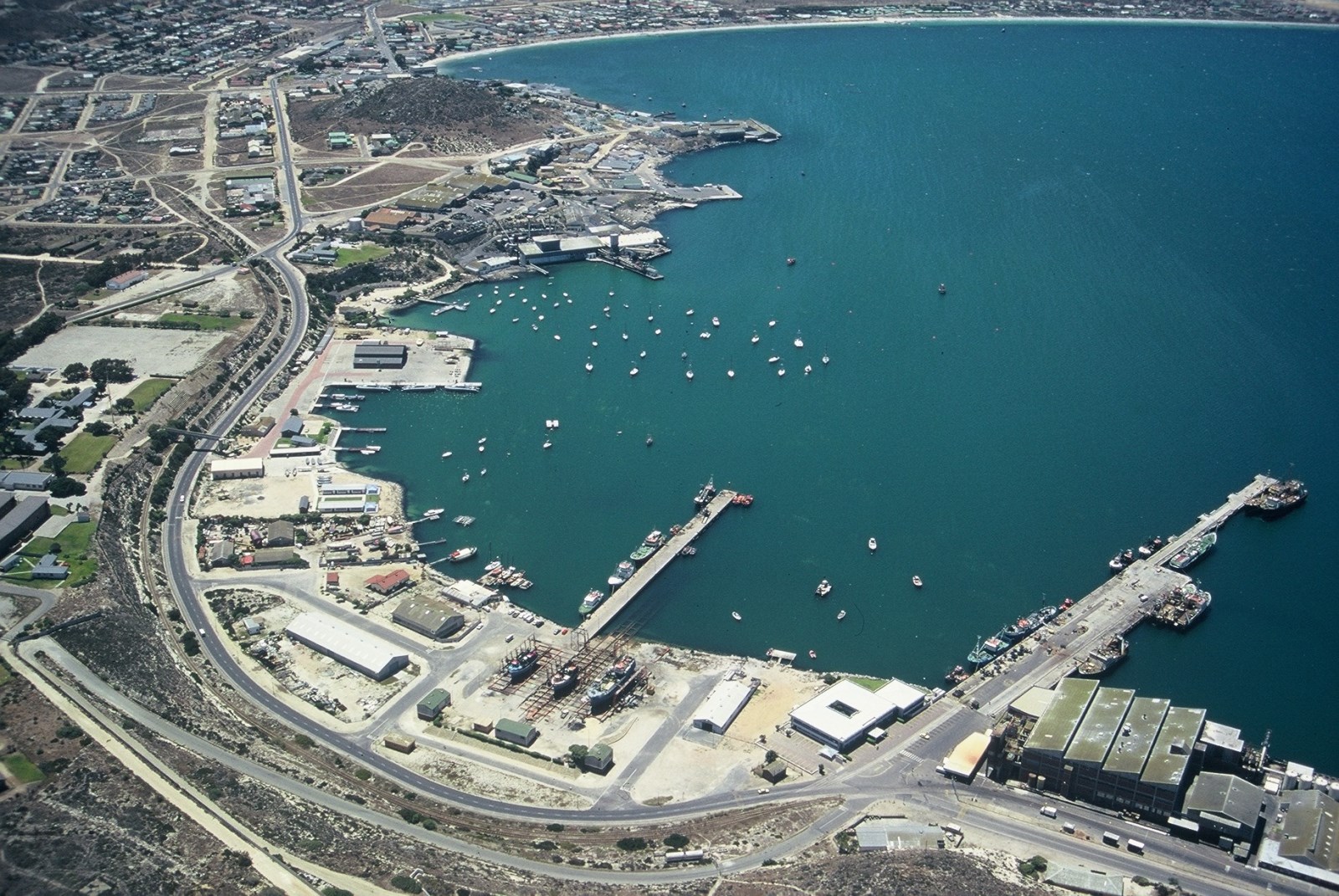
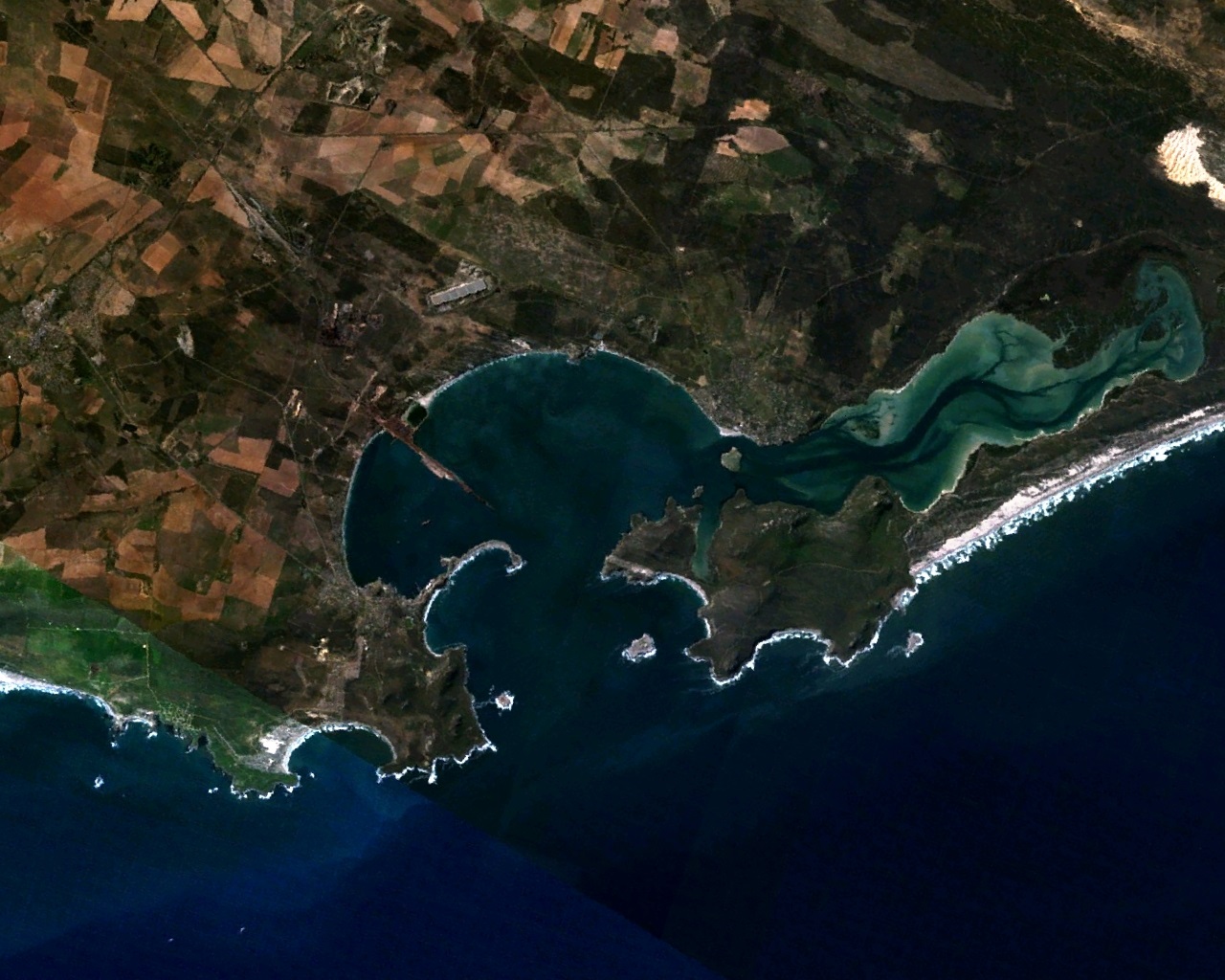
Vídeo:
Web recomendada: http://ports.co.za/saldanha-bay.php
Contador: 8024
Inserción: 2014-02-20 14:29:08
Lugares a visitar en un radio de 100 km (en línea recta)
Mapa de los lugares a 100 km (en línea recta)
Mostrando Registros desde el 1 hasta el 0 de un total de 0
Visitas |
Más visitados Basílica de San Marcos 154686 Catedral de Notre Dame (París) 144019 Torre de Pisa 131390 Monte Saint-Michel 100514 Presa de las Tres Gargantas 81306 |
Incorporaciones |
Comentarios hazola Cúpula de la Roca gracias me... gera Buenos Aires las mejores fotos de la mejor ciudad del... Daniel M. - BRASIL San Francisco ... PEQUE Presa Chicoasén SERA QUE ALGUIEN ME PUEDE DAR MAS INFORMACIÓN DE ESTE PROYECTO ESTUDIO EN LA UNACH Y ES PARA UN... Mery Huaca Pucllana Muy interesante, muy buena la información y... |
 Tweet
Tweet


